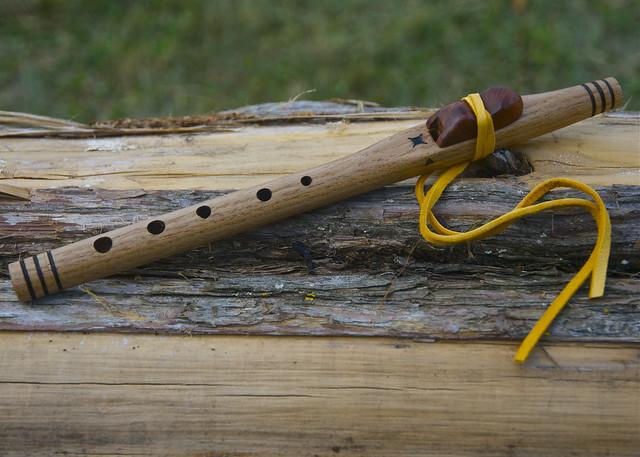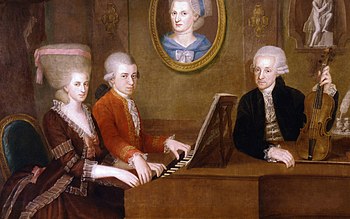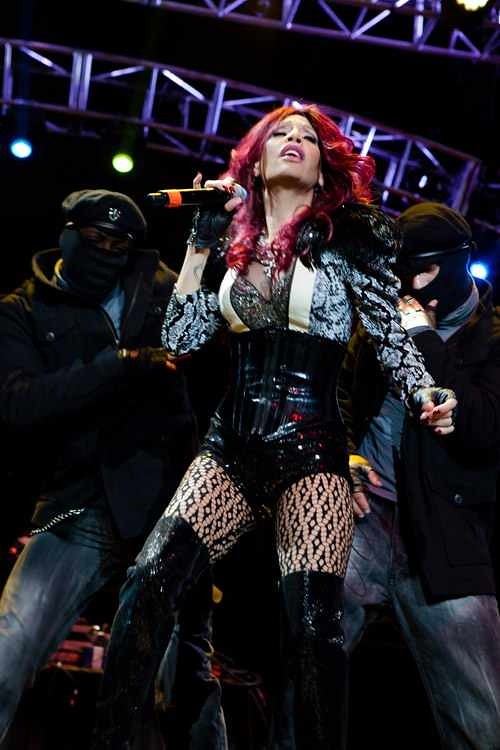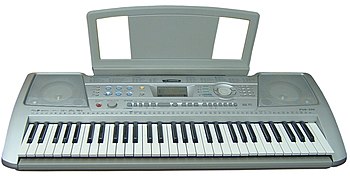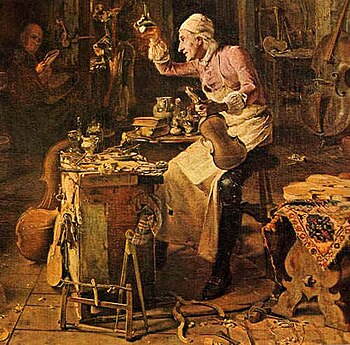 |
| John Lee Hooker at the Long Beach Blues Festival (Photo credit: Wikipedia) |
The industry was progressing, and by the 1920's Blues music was also developing - affecting the everyday lives of people involved. There was by this time a very particular style, based around a three-line stanza. The stanza contained just one line of verse, repeated, and then finished with a final line of rhyming verse.
The style also included a repeating blues chord progression, which was the basis of the harmony. The usual rule of thumb was a 12-bar pattern utilizing the 3 major chords of a scale. The text was set to a 12-bar chorus, and typically was between four and eight stanzas in length.
In typical cases, the melody is formed by flattened third, fifth and seventh notes of the major scale. The outcome is the 'bent' notes that lend Blues music that distinctive sound - the bittersweet emotional impact that lacks in other genres. For the majority of blues music, the focus is on the vocals - contradicting the fact that performers will often improvise instrumental solos over the Blues chord progressions.
Many itinerant musicians (the majority of which were men), traveled from one community to the next, singing songs that focused on love, freedom, sex and the general sorrows of life. Often referred to as 'Delta Blues' (in tribute to the Mississippi Delta were they first originated), country blues arose from the Southern rural experience, particularly influenced by the impact of emancipation.
Classic Blues
African Americans began to migrate, mainly looking for work. Areas such as Memphis and New Orleans began to become more populated, and these people brought their own brand of music with them. As they settled in these areas, it led to Blues music becoming much more urban-orientated. The music evolved as their way of life evolved. Male or female vocalists began to appear more regularly, and there was now the addition of a single piano.
The audience also grew, and Blues became more mainstream. Throughout the country as a whole, Blues music could now be heard in dancehalls and barrooms. The music industry as a whole started to take note, and more and more compositions and marketing arrangements emerged, as people began to take notice. The popularity of this kind of music grew exponentially. What would become known as Classic Blues became so popular that many songs were released with the word 'blues' in the title to capitalize on this, even though they bared little or no relation to the style of music.
Its center, previously clustered around Memphis and New Orleans, began to migrate, and soon cities such as Chicago became the central point of much of the music. The appetite for the style of music known as the Blues was quite voracious.
The end of the Second World War brought a new revival into the genre, and artists began to develop the music, primarily through adding a bit of extra emphasis on the bass drums and cranking up the guitar sounds. Artists like Elvis and Bill Haley began to incorporate the Blues methods into their own unique brand of rock n roll. By the 1950's this style was no longer centered around the African American community and was universally practiced across all races.
The influence that Blues music has had on the music industry as a whole is undisputed, and yet Blues music is still evolving, still developing, and still evoking the stirrings of the soul to anyone who cares to listen! The incorporation of the Blues style into different genres still exists today, and Blues music in its own right continues to go from strength to strength - many top-selling artists maintain the original styles.



